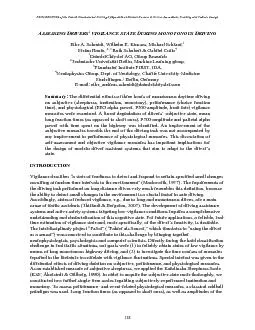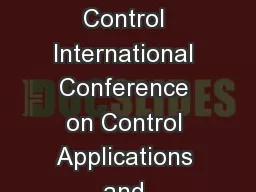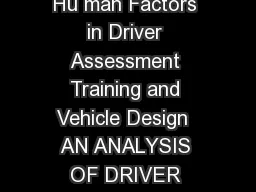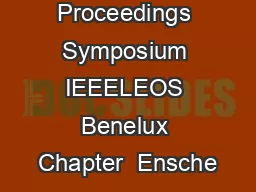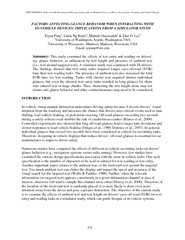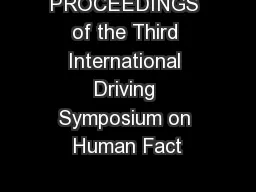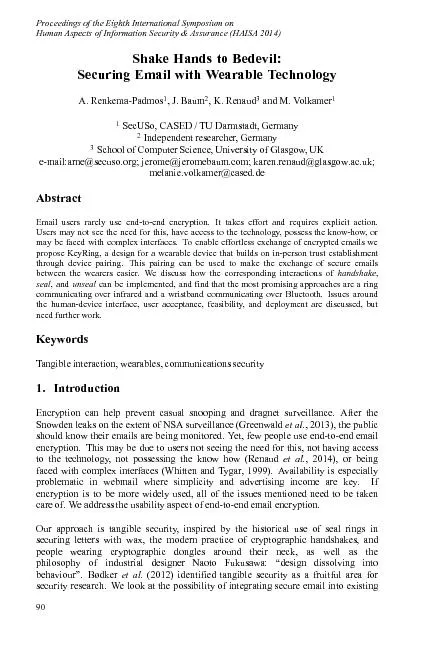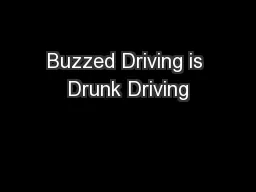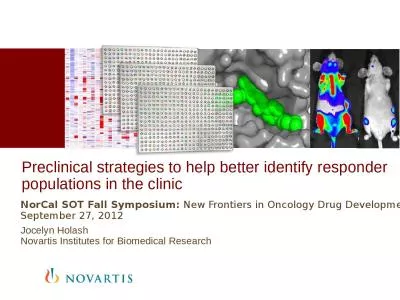PDF-PROCEEDINGS of the Fourth International Driving Symposium on Human Fac
Author : tatiana-dople | Published Date : 2015-09-09
PROCEEDINGS of the Fourth International Driving Symposium on Human Factors in Driver Assessment Training and Vehicle Design 139 P300 ERP components were expected
Presentation Embed Code
Download Presentation
Download Presentation The PPT/PDF document "PROCEEDINGS of the Fourth International ..." is the property of its rightful owner. Permission is granted to download and print the materials on this website for personal, non-commercial use only, and to display it on your personal computer provided you do not modify the materials and that you retain all copyright notices contained in the materials. By downloading content from our website, you accept the terms of this agreement.
PROCEEDINGS of the Fourth International Driving Symposium on Human Fac: Transcript
Download Rules Of Document
"PROCEEDINGS of the Fourth International Driving Symposium on Human Fac"The content belongs to its owner. You may download and print it for personal use, without modification, and keep all copyright notices. By downloading, you agree to these terms.
Related Documents

